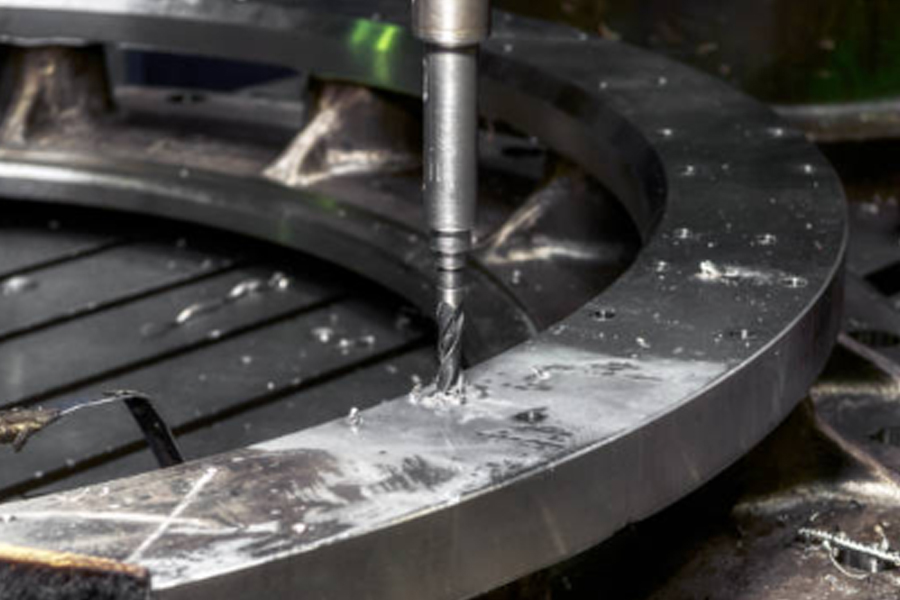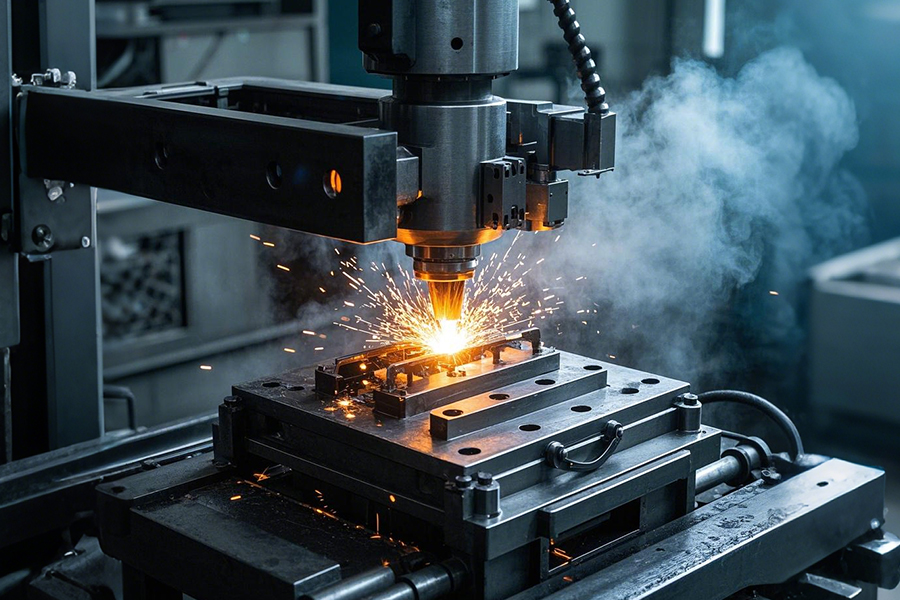
Controversy over the process accuracy of drilling and punching
Release time:2025-01-07 Click:233In the field of medical sheet metal processing, drilling and punching seem simple, but they are actually very complicated. The controversy over their process accuracy has always been the focus of the industry.
Drilling, as a more traditional processing method, has its unique advantages in medical sheet metal processing. Taking some medical equipment manufacturing projects in which Chuntian Machinery participates as an example, the drilling process comes in handy when processing high-precision surgical instrument holders. Drilling is to gradually cut holes on sheet metal parts through a rotating drill bit. This method can accurately control the diameter, depth and verticality of the holes. Operators can carefully adjust parameters such as drill bit speed and feed rate according to design requirements to ensure that the drilled hole position is extremely accurate, meet the strict assembly standards of medical equipment, make each component closely cooperate, and ensure the stability and reliability of the equipment during surgery.

However, drilling is not perfect. Its processing efficiency is relatively low, especially when facing mass production needs, the processing time of a single hole is long, which prolongs the overall construction period. Moreover, the drill bit wears out quickly under long-term high-speed rotation and cutting, and the drill bit needs to be replaced frequently, which not only increases the cost of consumables, but also may affect the accuracy of subsequent holes due to slight differences after the drill bit is replaced, which requires high proficiency and experience of workers.
In contrast, the punching process shows a different style. When medical sheet metal processing is used to mass-produce medical device shells, punching is very useful. Punching is to use the mold to apply instantaneous impact force to the sheet metal parts to quickly punch out the required holes. Its biggest advantage lies in speed. One punching action can complete the forming of one or more holes. The processing efficiency for porous sheets is extremely high, which can greatly shorten the production cycle and quickly respond to market order needs.
However, punching has challenges in terms of accuracy. Since it relies on mold stamping, the manufacturing accuracy of the mold directly determines the punching accuracy. If the mold has a slight deviation, the size and shape of the punched hole will be in error, and during the stamping process, the sheet metal may be affected by the impact force and may be locally deformed, resulting in the roundness and verticality of the hole not as good as the drilling process. In addition, the R&D cost of punching dies is high and the production cycle is long. Once the product design changes, the cost of modifying or remaking the die is high.

Chuntian Machinery has accumulated rich experience in dealing with medical sheet metal processing in its long-term practice. For single-piece, small-batch and extremely high-precision medical sheet metal parts, drilling technology is preferred to ensure quality at all costs; and when facing large-scale, standardized product production, such as ordinary medical equipment shells, the punching die design will be carefully optimized in the early stage to give full play to the advantages of punching efficiency, and the accuracy will be controlled through strict testing in the later stage to reduce the scrap rate.
For medical sheet metal processing practitioners, it is very important to have a deep understanding of the process accuracy characteristics of drilling and punching. Only by comprehensively considering factors such as product characteristics, batch requirements, and precision requirements, like Chuntian Machinery, can we make a wise choice in this precision dispute and promote medical sheet metal processing to a higher quality development path.